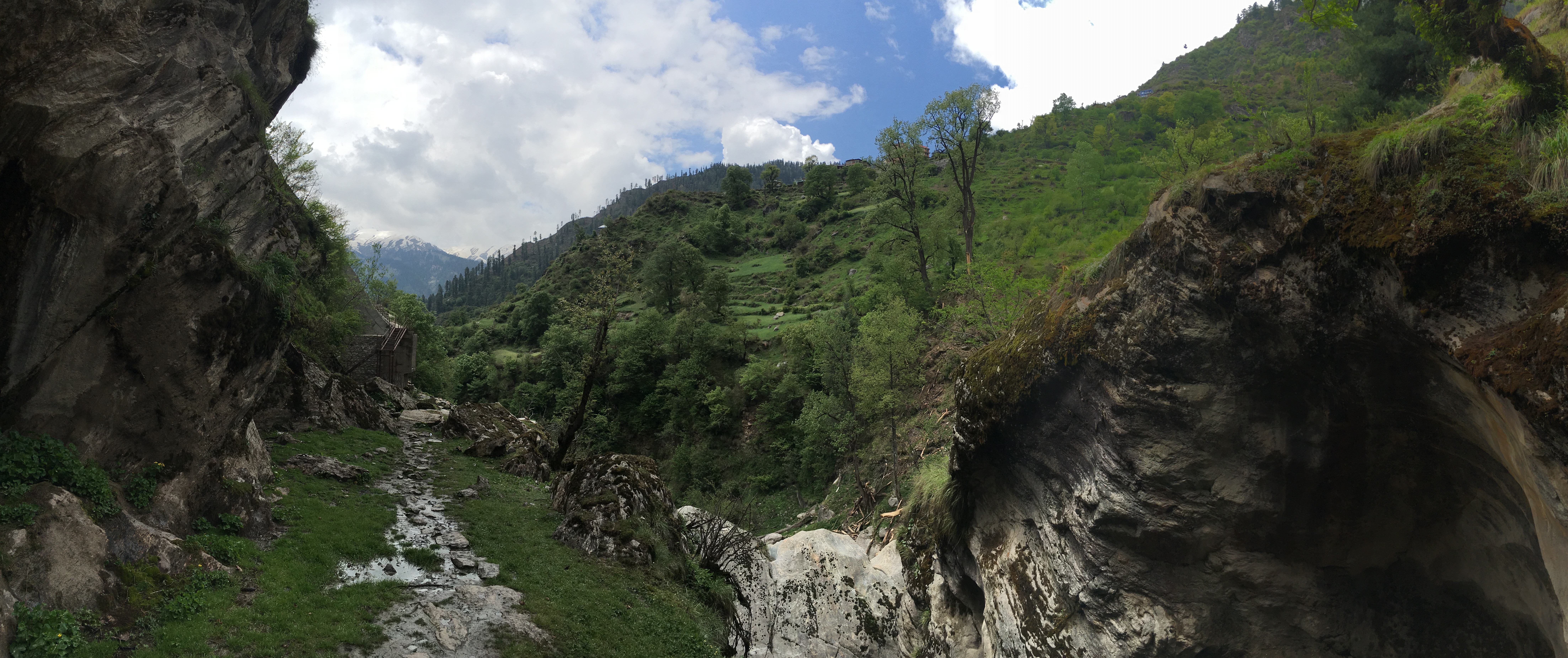

By Asmita - Aug 06, 2025
A cloudburst in Uttarakhand, India caused a severe flash flood in the Uttarkashi district, leaving more than 100 people missing on August 5, 2025. Rescue efforts are hindered by heavy rains and damaged infrastructure, with at least four fatalities confirmed. The disaster has impacted Dharali village and the Indian Army base at Harsil, with ongoing risks due to climate change and unregulated development in the Himalayan region. The government and military are focusing on rescue operations and restoring essential services while highlighting the need for better disaster preparedness.

ArjunChhibber01 via Wikimedia
LATEST
A severe flash flood triggered by a cloudburst has devastated parts of Uttarakhand, India, particularly in the Uttarkashi district, leaving more than 100 people missing. This tragic event unfolded on August 5, 2025, when a sudden and intense downpour caused the Kheer Ganga river to swell rapidly, resulting in a massive surge of water, mud, and debris rushing through the mountain village of Dharali and surrounding areas. Rescue operations have been severely hampered by ongoing heavy rains and damaged roads, complicating efforts to reach those stranded. The India Meteorological Department (IMD) had already issued warnings for heavy rainfall in the region until August 10, but the scale of the cloudburst caught many by surprise.
In Dharali village, a popular summer tourist destination and a pilgrimage route to Gangotri Dham, the floodwaters tore through infrastructure, submerging homes, shops, and markets. At least four fatalities have been confirmed so far, with many more feared buried under mud and debris. Around 50 hotels and dozens of houses have been destroyed or severely damaged. The disaster also impacted the Indian Army's nearby base at Harsil, with 11 soldiers reported missing. Rescue teams, including the army and disaster response units, are using helicopters, drones, rescue dogs, and earth-moving machinery to locate survivors. Despite rescuing approximately 130 people, the accumulated sludge and persistent rainfall continue to slow progress.
The cloudburst is characterized by an extremely heavy rainfall concentrated over a short period, typical during the monsoon season in the Himalayas. This occurrence has become more frequent and severe due to climate change and unregulated development in the mountainous region. Similar flash floods in Uttarakhand have caused devastating loss of life before, most notably in 2013 when over 6,000 people died. Experts warn that these cloudbursts are unpredictable and pose ongoing risks to the local population and infrastructure. Multiple districts of Uttarakhand remain under red alert, and continuous rainfall is forecasted, which heightens concerns about further flood-related incidents and challenges for rescue efforts.
Efforts by the Indian government and military are focused on saving lives and restoring essential services such as water, electricity, and communication in the affected areas. Prime Minister Narendra Modi and Uttarakhand Chief Minister Pushkar Singh Dhami have expressed their condolences and reiterated that no effort is being spared to assist the victims. Though the situation is critical, many residents were reportedly attending a fair at a relatively secure location when the disaster struck. Still, dozens remain unaccounted for, and rescue teams are working tirelessly amid tough weather and terrain conditions. The disaster underscores the vulnerability of Himalayan communities during the monsoon season and the urgent need for improved disaster preparedness and sustainable environmental management.